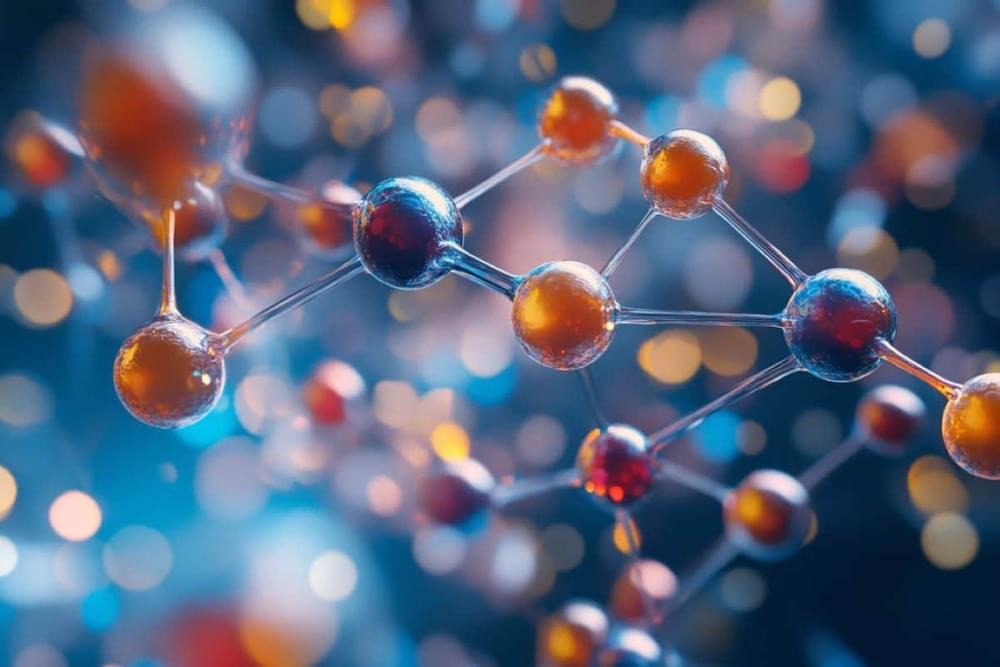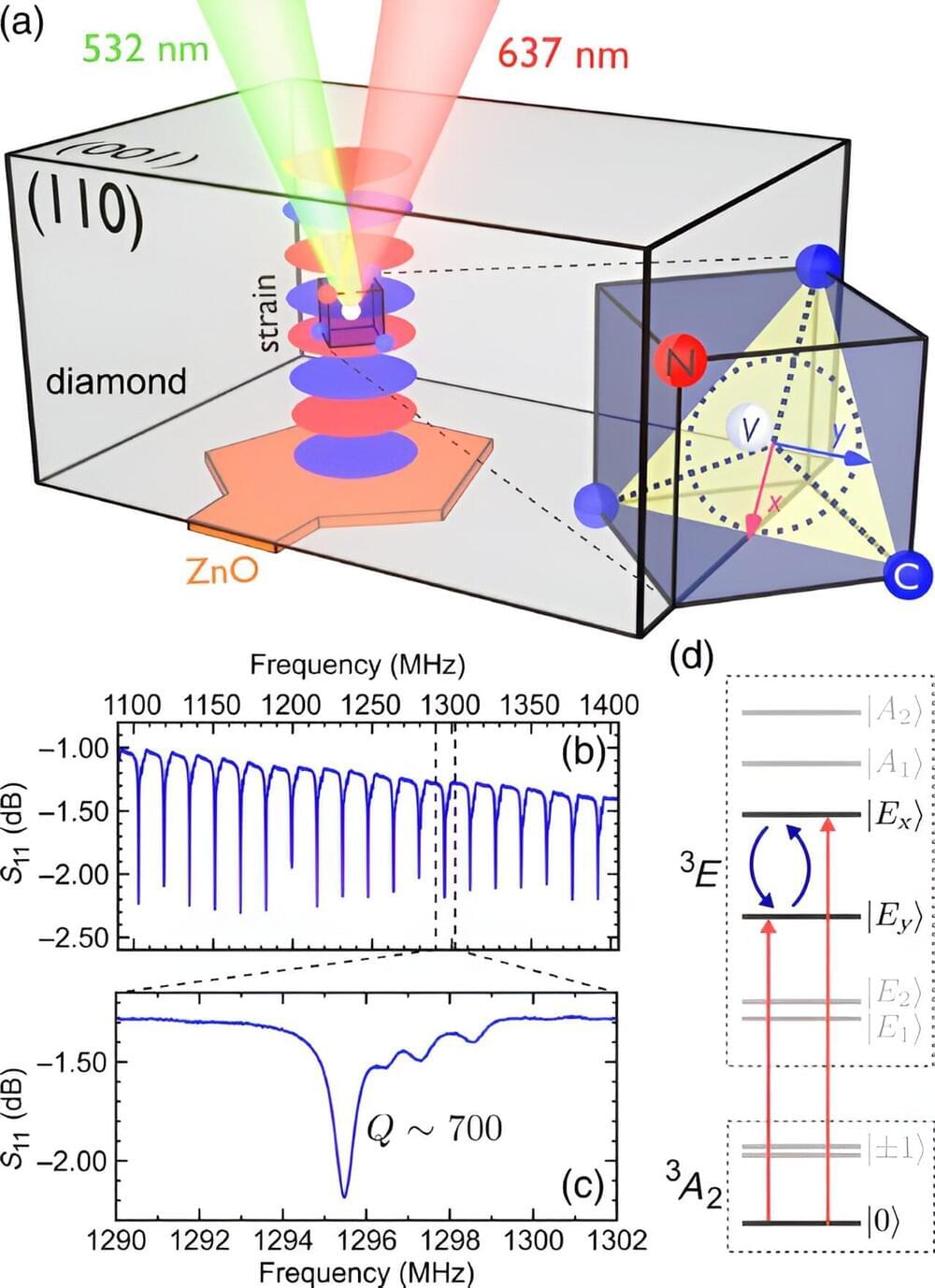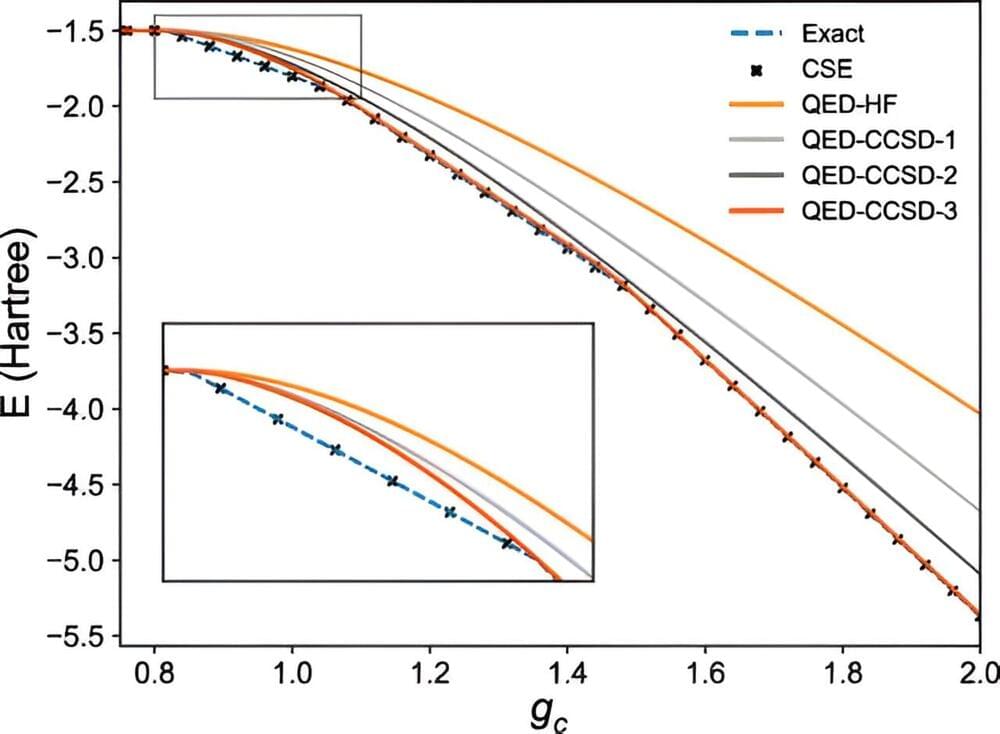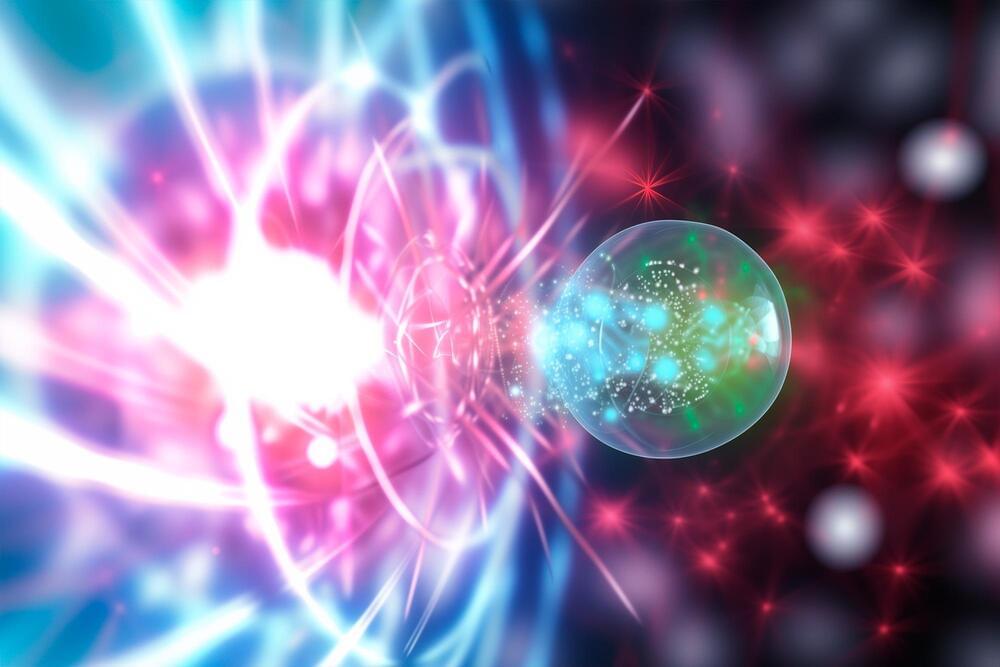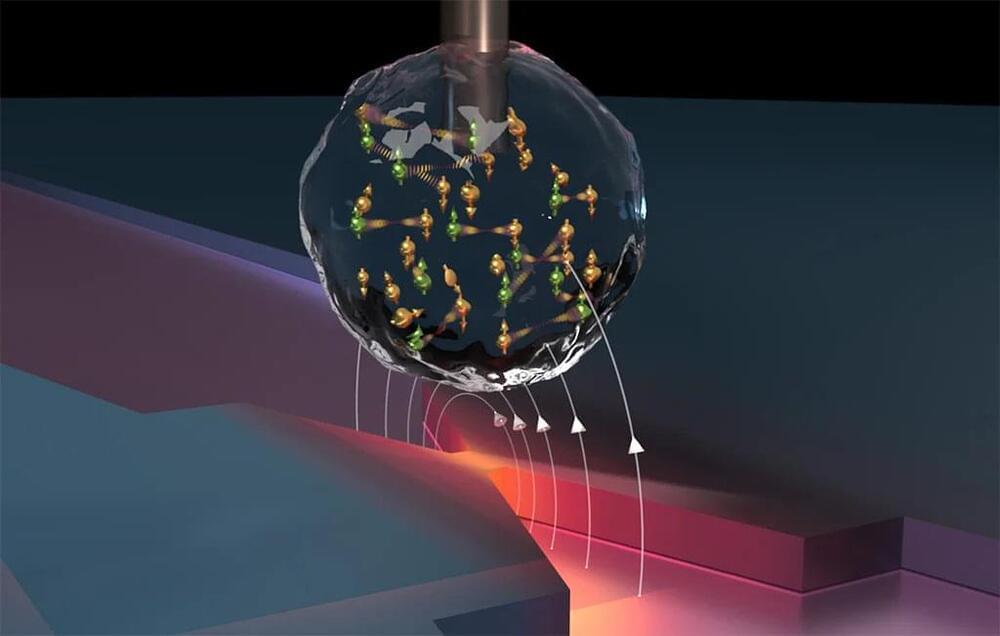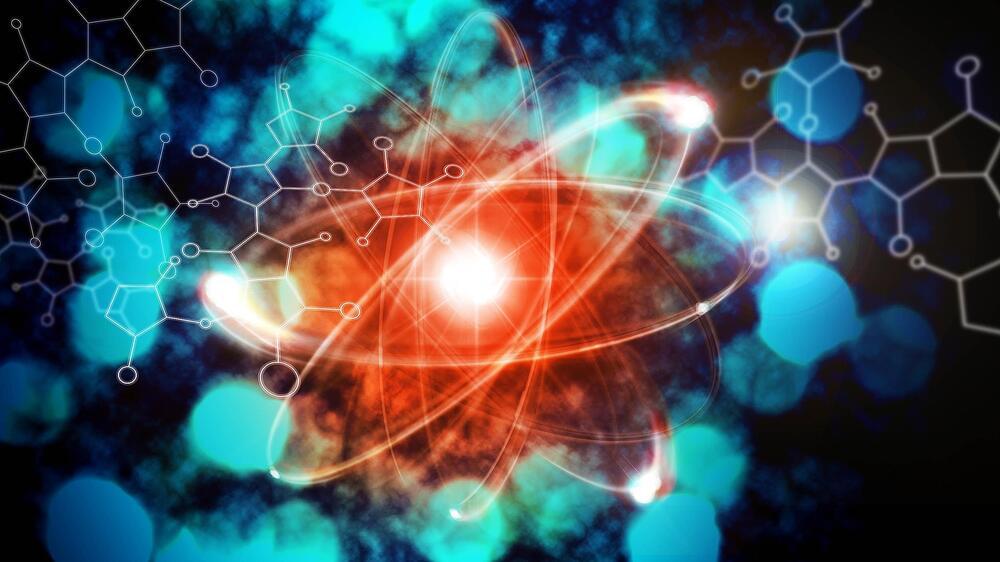Aug 27, 2024
AI Models Complex Molecular States with Precision
Posted by Jose Ruben Rodriguez Fuentes in categories: chemistry, quantum physics, robotics/AI, solar power, sustainability
Summary: Researchers developed a brain-inspired AI technique using neural networks to model the challenging quantum states of molecules, crucial for technologies like solar panels and photocatalyst.
This new approach significantly improves accuracy, enabling better prediction of molecular behaviors during energy transitions. By enhancing our understanding of molecular excited states, this research could revolutionize material prototyping and chemical synthesis.
